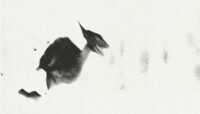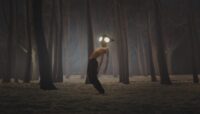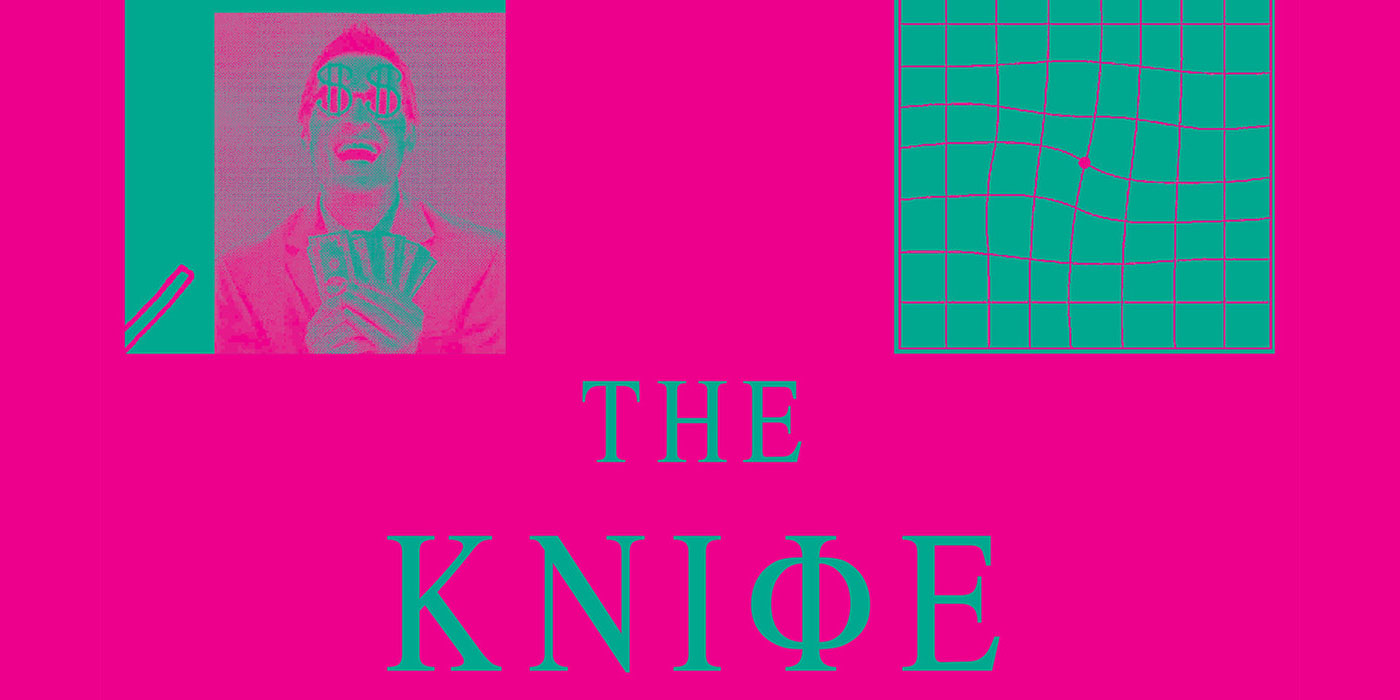Upon describing The Knife’s first album in seven years, Olof Dreijer offered Billboard.com the most perplexing and alarming response. “We started talking about whether we should release [the album] and what it should be called,” Dreijer said. “Was it an album by The Knife, or should we call ourselves something new?”
After the Swedish brother and sister electric duo released their 2006 synth-pop masterpiece, Silent Shout, the group almost immediately went into seclusion. They frequently declined media interviews, donning Venetian-styled masks when caught in public. The siblings’ commitment to their intense disassociation explains the group’s lengthy hiatus, which added a whole new veil of mystique to their already shrouded image.
Karin Dreijer Andersson began recording under the alias Fever Ray in early 2009, tantalizing fans with a self-titled debut that gave a future Knife record a sliver of promise. But a YouTube video promoting Shaking the Habitual in late 2012 finally gave devoted listeners an answer to years of prayerful desperation: The Knife will release a new album.
But when the group’s members characterize this gift as something so radical that it merits an entirely new band name, something is awry. In retrospect, however, Karin’s statement is wholly accurate. In fact, no other phrase describes Shaking the Habitual so perfectly.
Silent Shout was utterly anomalous; nothing shaped perceptions of techno music during the past decade like that record. Its most defining characteristics become so difficult to explain that words fail to capture the album’s beauty. The way its carefully planned synthesizers match Karin’s vocal manipulation foster endless curiosity with every listen.
Shaking the Habitual vaguely resembles a single track on Silent Shout. Even in its more conservative moments, Shaking the Habitual warps its listeners’ minds to now call the group “the artists formerly known as The Knife.”
What made Silent Shout so appealing was its numerous pop hooks and identifiable melodies, few of which Shaking the Habitual possesses. Instead, it capitalizes on styles only briefly utilized when recording Silent Shout, namely drone and microsound techniques. It’s a complete immersion in The Knife’s twisted experiment so confounding that the record’s end renders one comatose.
The most startling aspect of Shaking the Habitual is its length: 96 minutes. Each track averages seven minutes in length with its total time doubling that of Silent Shout. While not uncommon for experimental electronic artists (see William Basinski’s Disintegration Loops series), The Knife has yet to prove they could effectively use such extreme time lengths.
Shaking the Habitual delivers on all accounts despite prior apprehension. The Swedish duo fill every available moment with abrasive yet ethereal sounds that completely redefine The Knife’s already accomplished image. Even its 19-minute centerpiece, “Old Dreams Waiting to Be Realized,” simply feels like natural for The Knife. It’s a mature piece, encompassing an extensive variety of minimalist electronic drones molded to create an amorphous soundscape. While it requires a concentrated listen, one realizes by the track’s end that the Dreijers have become a more intelligent and well-rounded electronic group.
While shifting away from Silent Shout‘s accessibility, Shaking the Habitual has distinct moments hearkening back to their previous gem. “Without You My Life Would Be Boring” booms with low vocals similar to “We Share Our Mothers’ Health,” and “A Tooth for an Eye” has percussive beats that pop and click akin to “Like a Pen.”
Artists who desperately want to recreate themselves ultimately fail miserably, forever known for such a horrendous mistake (I’m looking at you, Ice Cube). But for The Knife, this transition feels effortless. Shaking the Habitual demonstrates a methodical transition, rather than an impulsive blunder. [spacer height=”20px”]



